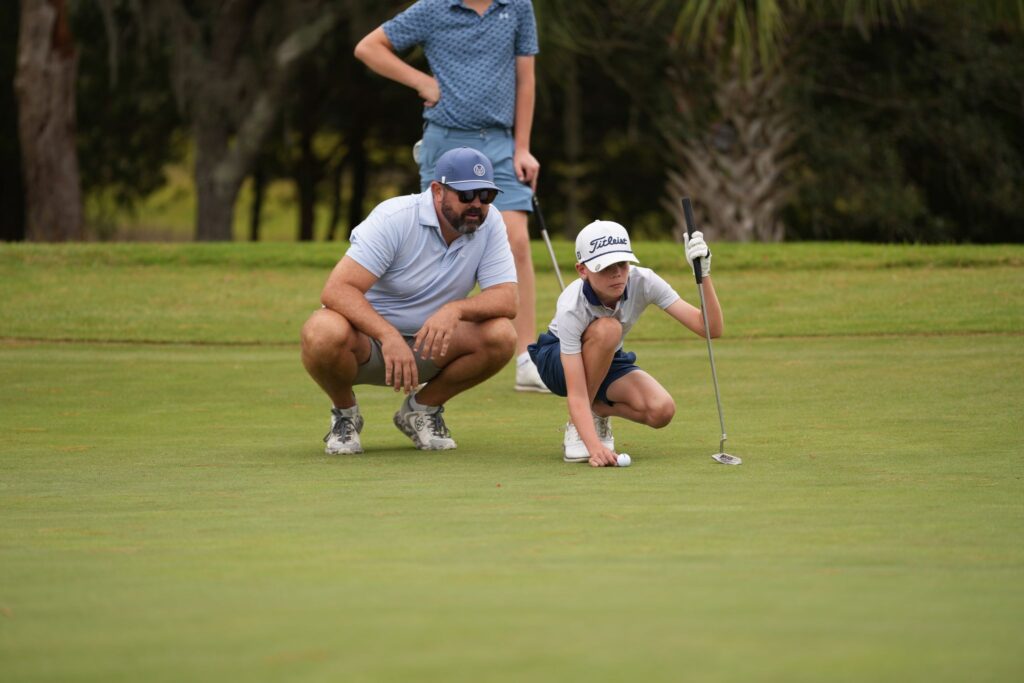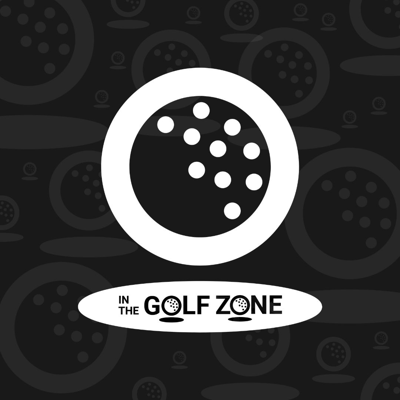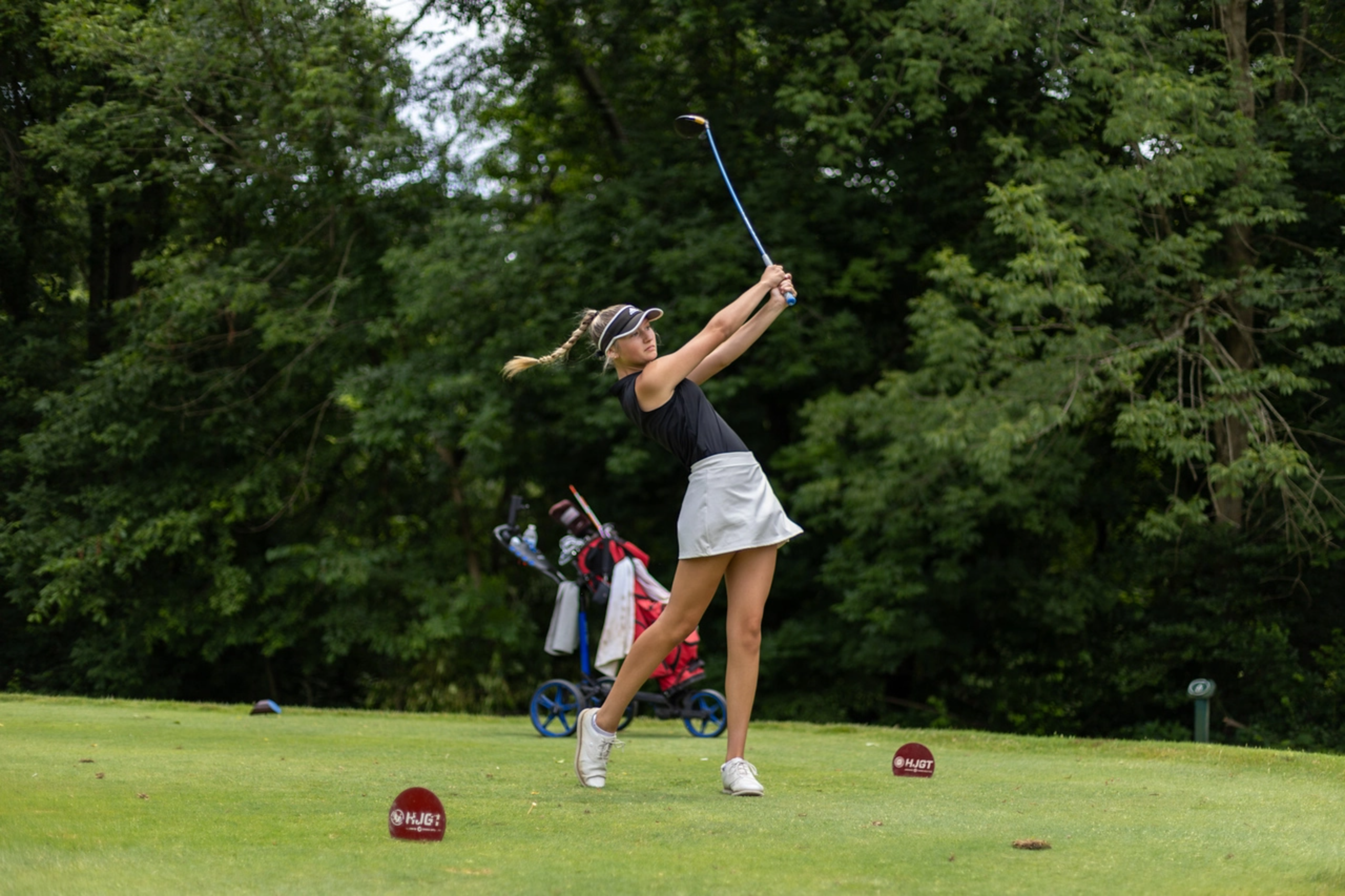How to personalize your shot process and why your process is more important than your routine
By Ben Esposito, Professional Golfer & Founder of In The Golf Zone

Your ideal shot process is determined by how you process information
Did you know that a golfer’s shot process can actually be influenced by their personality and mental preferences? In fact, if you are not following your mental preferences in your process, it could actually be putting you under stress in tournament play. There are so many different characters and personalities in the world of golf and we know for a fact they do not operate the same on the golf course. This mental hardwiring boils all the way down to the process. The old adage of “aim small, miss small” doesn’t work for everyone, but it works wonders for others. Many mental game books advise players to engage more with the target, but for some, that’s not ideal. To find out which category you are in, it’s important to know your personality and preferences.
Another great example is how an extroverted person, who prefers to interact with the world around them, when asked to be silent in tunnel vision practice sessions, actually sees their shot quality decline. This player could think that they have to be silent to be focused, but they are much better off talking through their decisions and ball flights out loud.
I know it seems reasonable for junior golfers to emulate players that they admire on tour or locally; however, it’s most important to find your own way. These players are successful because they utilize what works for them. Not because of the specific steps they follow. The key to great golf isn’t X amount of rehearsals or the way they twirl their club.
Process vs. Routine
You may have read the second part of the title and asked yourself what the difference is between a process and a routine? These terms are often used interchangeably in the golf world; however, I like to make an important distinction between them. I always refer to the routine as a list of steps similar to a morning routine. This implies monotony along with a lack of engagement, especially for competitive players who just go through the motions, checking off steps without focusing on the task. It’s more important to have a list of mental checkpoints or accomplishments before a shot, allowing you to make the strongest, most committed decision possible. That is the shot process; the actual list of steps is less relevant. Of course, players often realize that they adopt a similar structure to reach these mental checkpoints, but the commitment doesn’t come from simply taking two practice swings; it comes from having intention.
Where it is essential to follow a set structure is at address, something that I work on with my students on course that helps them take their game to the next level. The steps leading up to that can be more dynamic. Sometimes being too fixed on the steps (outside of address) can hurt a player’s chances or distract them from realizing that different situations can call for different physical steps to reach the same mental checkpoints.
I know this may sound a bit contradictory to the idea of a process, but it isn’t once we realize the process’s intention. Being too rigid can cause players to overlook essential aspects. For example, a player who always leaves the flag in putting may not want to in a 30mph wind gust, you may want to take extra swings on an uneven lie, or a putt at the end of the round may require an extra deep breath before address. As a player becomes more experienced, they can learn which pressure situations require specific adjustments. I’ve found that when a player feels like they are slowing down on the last three holes, it helps with strong finishes.
Post shot routine: What is that?
Perhaps the most overlooked part of the shot process is the post-shot routine. (Yes, you are allowed to have a post-shot routine!) I find that for some juniors, this may be more important than any pre-swing steps or rehearsals. How you handle yourself after a shot, or the physical steps that indicate you are ready to move on to the next shot, can be key. Some PGA tour players even re-rehearse the shot as a palate cleanser and then calmly walk forward to the next one.
Bonus Tip: Pre-round Process
It’s good to have a preround process that is both adaptable to travel and effective in preparing a player for an event. I find pre-hydration (drinking water before the round), and having a stretching routine in addition to a preround warm-up is particularly helpful. For food, opt for something that won’t weigh you down, even if that means bringing your own food on the road for travel events.
To find out more about how to optimize your process, work with me or book your free, no-obligation consultation ($125 value) visiting inthegoflzone.com. Also, to learn your mental preferences, take the Mental Golf Type assessment through the In The Golf Zone home or coaching pages!

Ben Esposito
Professional Golfer | Founder of In The Golf Zone | Mental Performance Coach
407-704-0247 | inthegolfzone.com
ben.espositogolf@gmail.com





